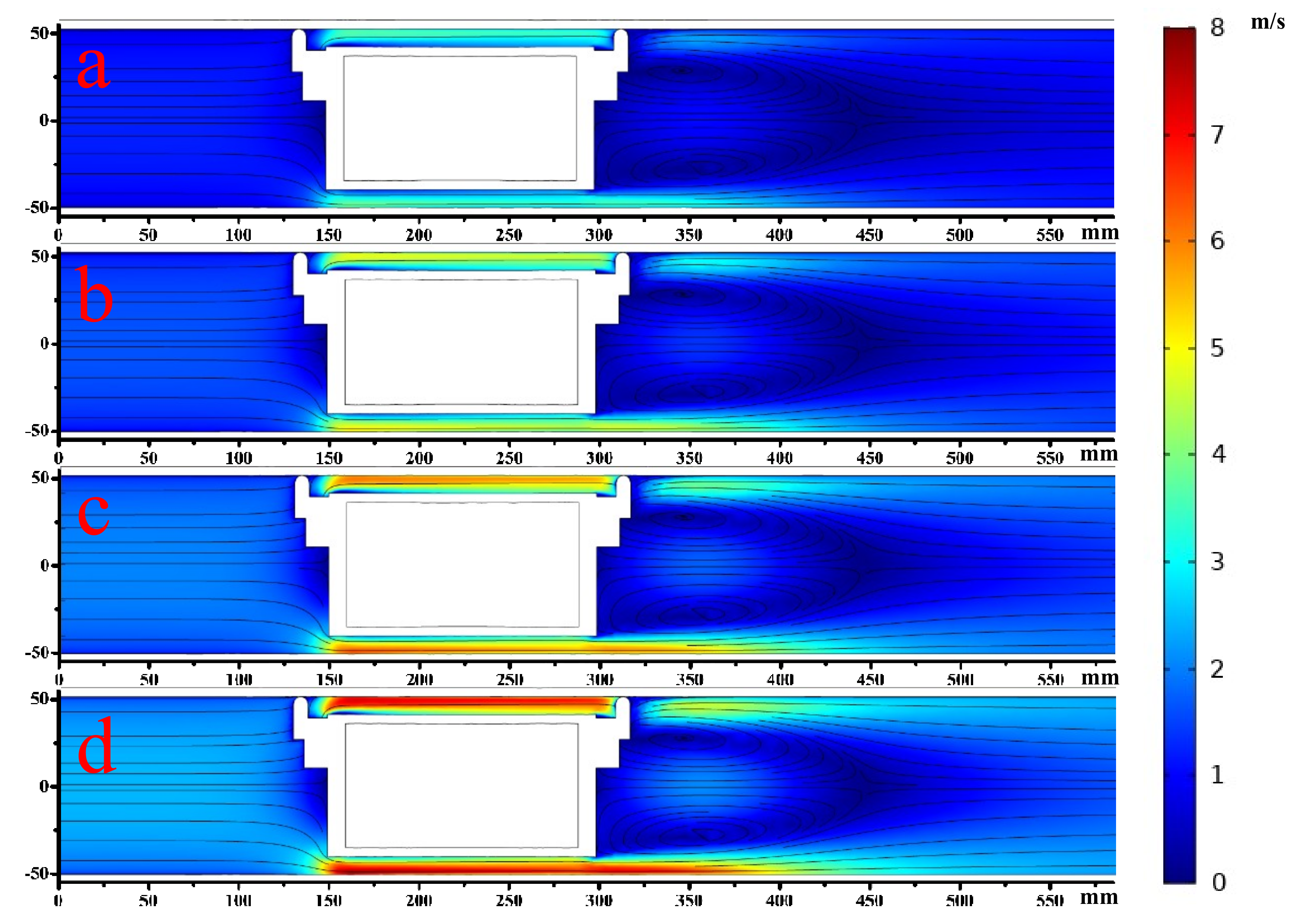
Engineers and scientists use it to gain insight into the physics of discharges and gauge the performance of existing or potential designs. Plasma Module - used to model and simulate low-temperature plasma sources and systems. MEMS Module - provides predefined user interfaces with associated modeling tools, referred to as physics interfaces, for a variety of coupled physics, including electromagnetic-structure, thermal-structure, or fluid-structure interactions. Ray Optics Module - used to model electromagnetic wave propagation in systems in which the wavelength is much smaller than the smallest geometric detail in the model. The module can be used to model high-frequency electromagnetic wave simulations in either frequency- or time-domain in optical structures. Wave Optics Module - provides dedicated tools for electromagnetic wave propagation in linear and nonlinear optical media. RF Module - used by designers of RF and microwave devices to design antennas, waveguides, filters, circuits, cavities, dc converter and metamaterials. This help you solve virtually all models that work under this module.

Also note that these add-ons are of two types: one with COMSOL, and one with COMSOL Server.ĪC/DC Module - used for simulating electric, magnetic, and electromagnetic fields in static and low-frequency applications. Several modules are available for COMSOL, categorized according to the applications areas, namely Electrical, Mechanical, Fluid, Chemical, Multipurpose, and Interfacing. User developed apps can be run in COMSOL Server through web browsers or a Windows-installed client.ĬOMSOL was started in July 1986 by Svante Littmarck and Farhad Saeidi at the Royal Institute of Technology (KTH) in Stockholm, Sweden.
#Comsol 5.1 diffusion particle software
It also contains a Physics Builder to create custom physics-interfaces accessible from the COMSOL Desktop with the same look-and-feel as the built-in physics interfaces.ĬOMSOL Server is the software and engine for running simulation apps and the platform for controlling their deployment and distribution. Specific features may be included from the model or new features may be introduced through programming. Users may use drag-and-drop tools (Form Editor) or programming (Method Editor). An API for Java and LiveLink for MATLAB may be used to control the software externally, and the same API is also used via the Method Editor.īuilder which can be used to develop independent domain-specific apps with custom user-interface. COMSOL provides an IDE and unified workflow for electrical, mechanical, fluid, and chemical applications.

It allows conventional physics-based user interfaces and coupled systems of partial differential equations (PDEs). As the current work is the first to present efficient techniques for the solution of diffusion coefficient-related inverse problems in COMSOL, the applicability of inverse modeling in complicated gas diffusion problems has also been prospected.COMSOL Multiphysics is a cross-platform finite element analysis, solver and multiphysics simulation software. The numerical method has higher computing accuracy of small coal particles. The analytical solution (diffusion coefficient) of particles whose sizes are 0.074–0.2 mm, 0.25–0.5 mm and 0.5–1 mm are 13.8% times, 5.0% times and 1.6% times larger than that of the numerical solution, respectively. Results show that the inverse problem is a feasible method and the LM algorithm takes the shortest time and is recommended. The effectiveness and accuracy of MMA, SNOPT and LM algorithms in determining the diffusion coefficient are analyzed.

In this work, the detailed process and principles of using inverse modeling in gas diffusion are introduced. Inverse modeling has been proved to be useful in a variety of disparate fields. However, the essential assumptions limit the applicability and accuracy of analytical solutions. Generally, the diffusion coefficient is determined by analytical solutions, including the unipore diffusion model and the bidisperse diffusion model. The diffusion coefficient is the key parameter been used to evaluate the methane diffusion behavior.


 0 kommentar(er)
0 kommentar(er)
